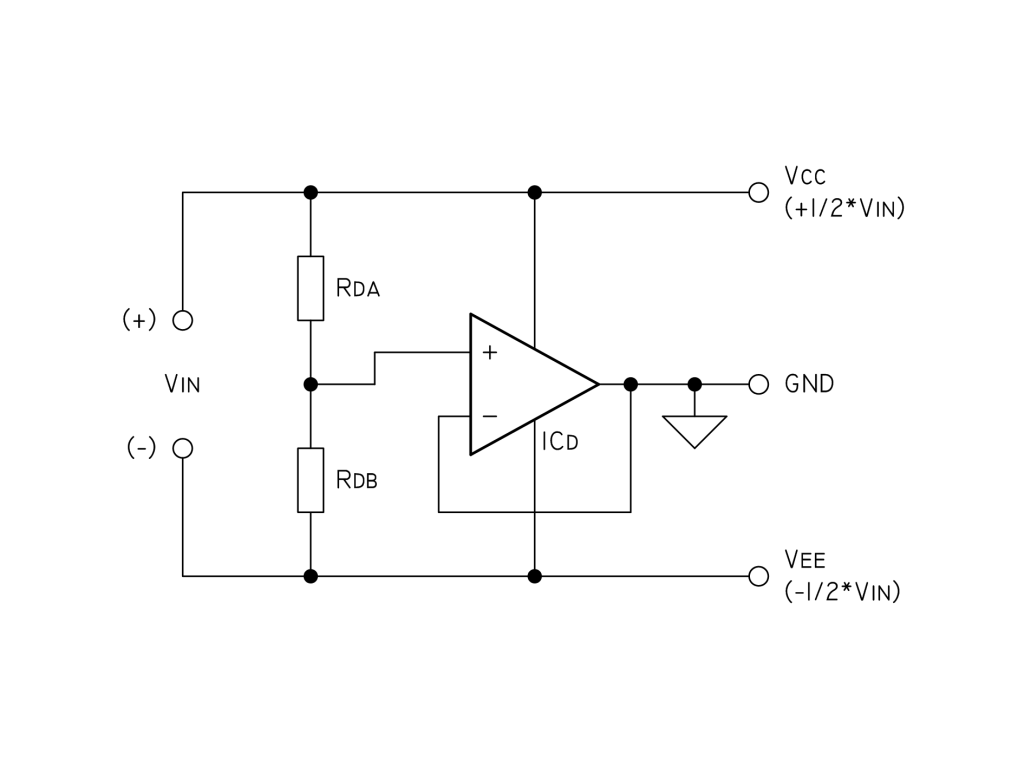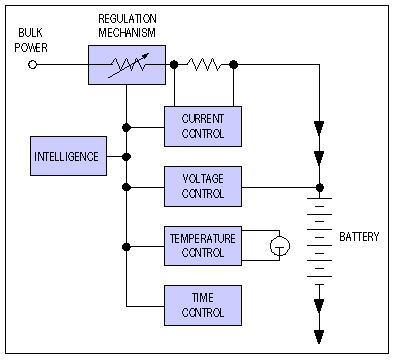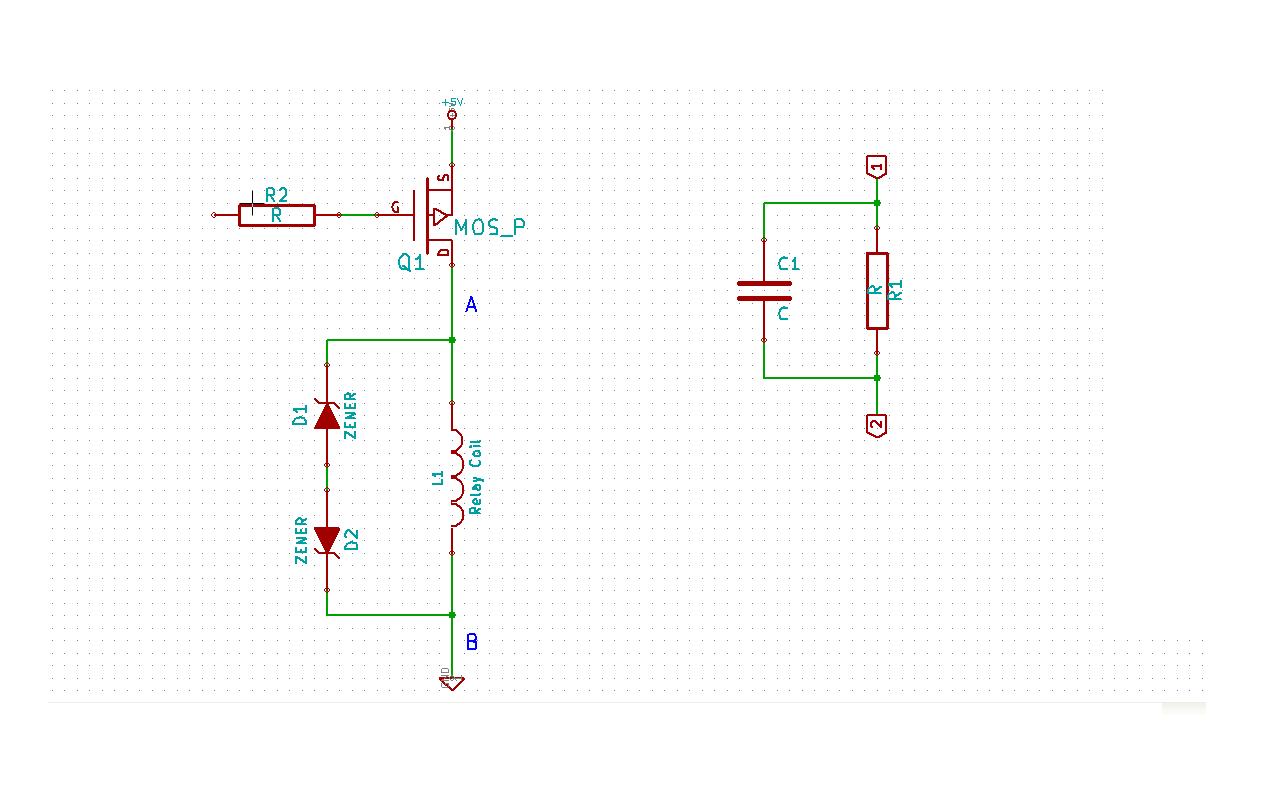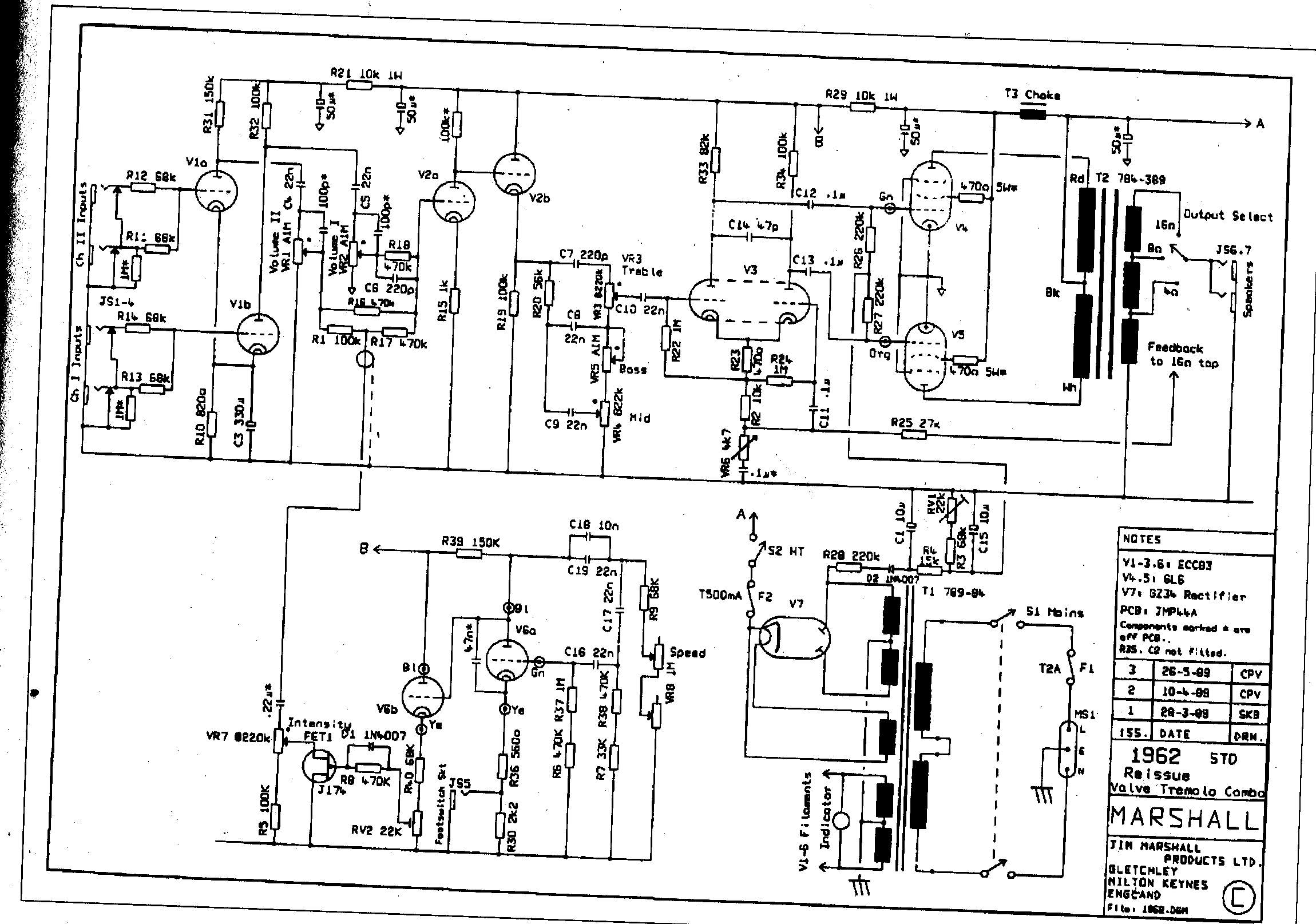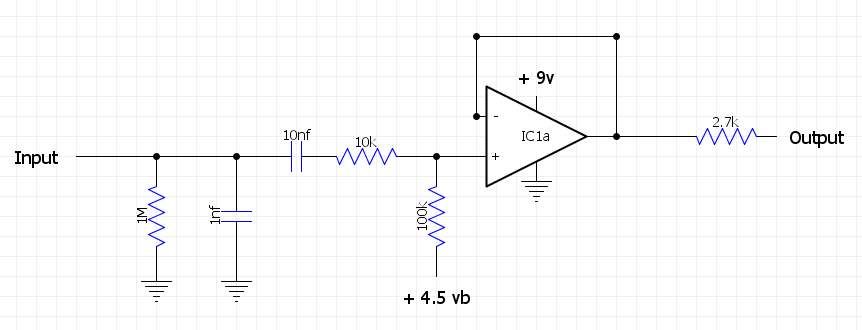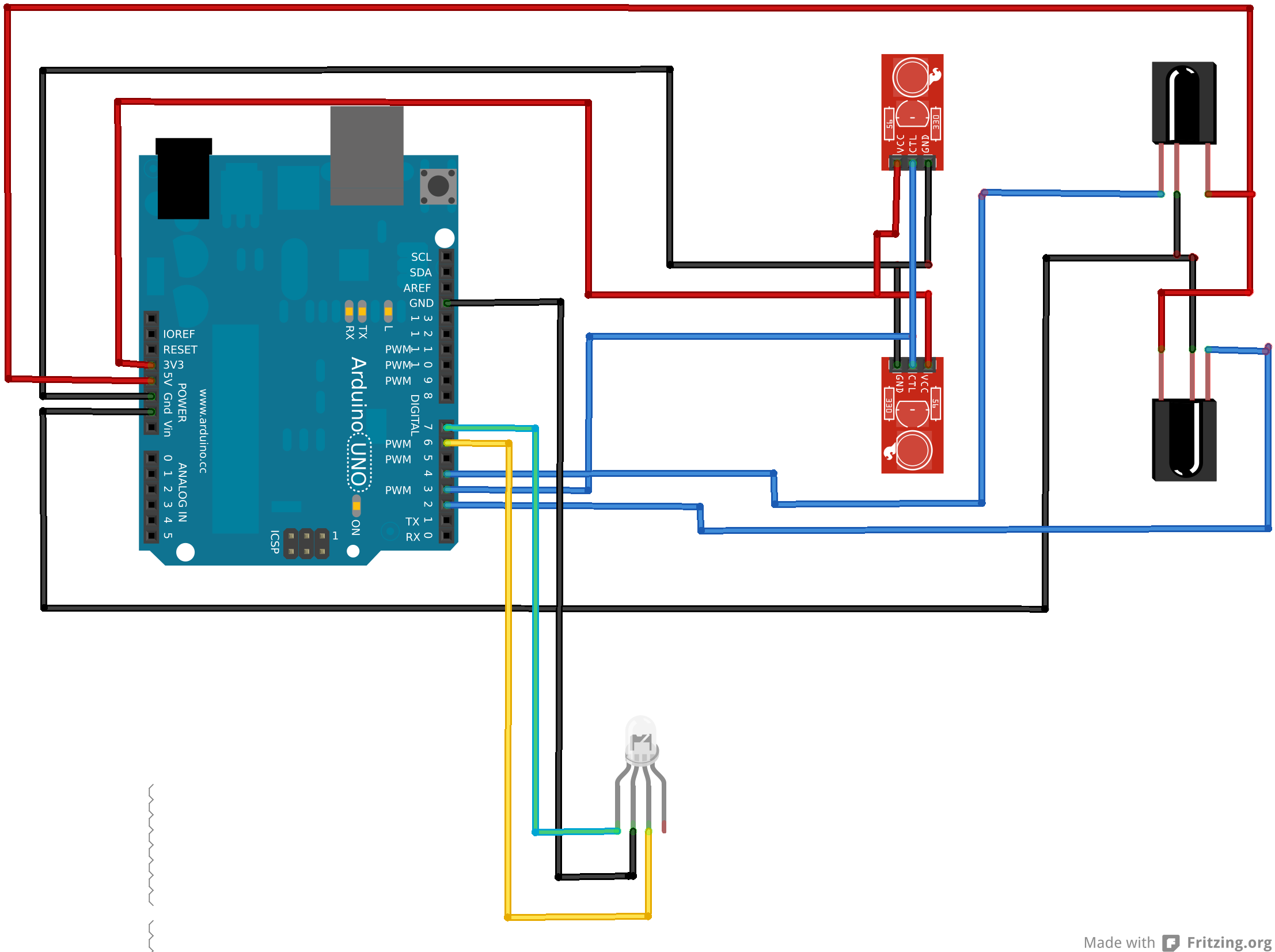
ADum3223 issue (H bridge)

A Zener diode can be used for over-voltage protection, which may resolve the issue at hand. If the failure is due to over-voltage on VDDA, the Zener diode will assist. However, with a 12V rail, significant ringing would be required to cause an over-voltage failure in the ADuM3223, which can withstand up to 20V. It is important to consider whether an oscilloscope probe ground is connected to GNDA, as a non-isolated, non-differential probe can create a short between GNDA and GNDB. It is advisable to probe the VIA and VIB signals to identify any discrepancies between the two sides of the H-bridge. After testing, the input (VI) and output (VO) signals appear normal when the MOSFET is not connected. However, when the MOSFET is connected, the output signal on the burn-out side is only half of the supply voltage. The suspicion is that this issue arises because the PCB is an older version and not designed for the ADuM3223, leading to the decision to re-layout the PCB following the recommendations in the ADI CN0196 circuit. Assistance is requested to ensure compliance with the guidelines. Notably, the CN0196 application note indicates that a single ADuM3223 can drive a half-bridge, but there are questions about using one ADuM3223 for the upper side H-bridge and another for the lower side. It is believed that the application note positions the outputs of the gate drivers on opposite legs of the H-bridge to simplify input to each chip. The application note allows for high-side supply charging even when not switched, but maintaining a minimum duty cycle and frequency should ensure adequate voltage on VDDA for both chips. The high-side gate driver typically does not fail immediately; it can operate for several minutes under load at 500Hz (with a maximum frequency of 1MHz), but will eventually fail when driving the MOSFET under load. The gate driver functions correctly without bus voltage but encounters issues with the MOSFET. The output issue of only half the supply voltage occurs after the gate driver fails. Initially, the gate driver operated correctly with or without the MOSFET. The failure occurred early in the process, prompting circuit changes and the decision to avoid loading the H-bridge due to the output level discrepancy. The differences between the two sides of the H-bridge remain unclear, leading to the re-layout decision to mitigate risks. The inclusion of resistors R3 and R4 in the CN0196 design helps pull the high-side grounds low when all MOSFETs are off, charging the VDDA's. Higher bus voltages may affect power trade-offs, as the bus voltage is applied to R3 or R4 when the high-side switch is on. For higher voltage designs, R3 and R4 are not recommended, and the start-up sequence should ensure low-side switches engage before high-side switches to charge the high sides through the bootstraps. The circuit's failure at higher frequencies raises concerns about the upper limit of gate driver operation, as power dissipation is a critical factor. The ADuM3223 datasheet specifies a maximum frequency of 1MHz.
The circuit utilizes a Zener diode for voltage clamping, providing a protective measure against over-voltage conditions that could potentially damage sensitive components like the ADuM3223. The implementation of the Zener diode should be strategically placed across VDDA to shunt excess voltage away from the IC. The design must consider the maximum voltage ratings of all components to ensure reliability under transient conditions.
In the H-bridge configuration, the placement of the ADuM3223 gate drivers is crucial. When employing two separate drivers for the upper and lower sides, it is advisable to keep the outputs on opposite legs to maintain symmetrical operation and minimize cross-talk. This arrangement not only simplifies the logic but also ensures that the gate drivers can effectively manage the switching without interference.
The use of R3 and R4 resistors is a smart design choice, as they assist in maintaining the voltage levels necessary for the gate drivers to operate correctly. However, careful consideration must be given to their values and the overall bus voltage to avoid excessive power dissipation. The start-up sequence must be adhered to, ensuring that the low-side MOSFETs are activated first to allow for proper bootstrap charging of the high-side drivers.
In conclusion, the proposed circuit modifications and layout adjustments should enhance the performance and reliability of the H-bridge configuration. Continuous monitoring of the output signals during operation will aid in identifying any further discrepancies, and adjustments should be made based on empirical data gathered from testing.Zender diode to do the over-voltage protection, this issue might be solved. Am I right or I need to do another thing to protect it. Please give me any advice. A zener diode will help if over-voltage on VDDA if that is the cause of the failure, but with a 12V rail, it would take a lot of ringing to cause an over-voltage failure on the ADuM3223. The part can withstand 20V, so the ringing would have to be almost 50% of your voltage rail. Is there a chance you have an oscilloscope probe ground on GNDA If a non-isolated, non-differential probe ground is placed on GNDA, a short can be created between GNDA and GNDB. I would probe the VIA and VIB commands to see if there is a mismatch between the two sides of the H bridge, and try to figure out what the difference is between the two sides.
Thanks for your advice, After probing the VIA, VIB, VOA, VOB, the signal is fine in input(VI) and output(VO) when mos doesn`t be connected, but if the mos is connected, the burn out side`s output signal`s high level is only 1/2 supply voltage. We think it might because the PCB is old version and it isn`t designed for Adum3223, so we decide re-layout the PCB and will follow the ADI`s CN0196 recommendation circuit like the following circuit.
Could you help me check does it follow your guide line By the way, from CN0196, one Adum3223 drive half bridge, but if I use one adum3223 drives upper side H-bridge and the other one drivers down side H-bridge, is any different or concern between these two way I believe the application note put the outputs of the gate drivers on opposite legs of the H bridge to simplify the input on each chip. The application note allows for high-side supply charging, even when not switched, but for your first circuit, as long as a minimum duty cycle and frequency is maintained, the VDDA on both chips will have sufficient voltage.
2)The high side gate driver doesn`t break immediately, normally it`s can run around couple minutes(with loading) in 500Hz(the max frequency is 1MHz) but eventually the IC would die(It only breaks when the gate driver drivers the Mosfet and loading, If without loading, the function is no problem). 3)Yes, the gate driver works well in no bus voltage but with Mosfet. This condition that the output only 1/2 supply is happened after the gate driver breaks and we try change the circuit and add more element to fix it.
In the first time, the gate driver works well in with Mosfet or without. The situation that gate driver breaks is in the beginning, After I change the circuit, I didn`t put the loading in the H-bridge because of the wrong level in output. We still don`t figure out where is wrong and the circuit difference between two side half bridge, it why we decides to re-layout and wish this version can put all risks in to account to fix it.
The benefit of the R3 and R4 resistors in the CN0196 design is that when all the MOSFETs are off, the highside grounds are pulled low, charging the VDDA`s. There is a tradeoff in power with higher bus voltages, since when the high-side switch is on, the bus voltage is applied to R3 or R4.
For higher voltage designs, R3 and R4 are not recommended, but the start-up sequence for the system should have the low side switches turn on before the high side switches (in order to charge the high sides through the bootstraps). Does the circuit only fail at higher frequencies There is an upper limit to how fast these gate drivers can be driven, which comes from the power dissipation in the part.
The ADuM3223 datasheet states a 1 🔗 External reference
The circuit utilizes a Zener diode for voltage clamping, providing a protective measure against over-voltage conditions that could potentially damage sensitive components like the ADuM3223. The implementation of the Zener diode should be strategically placed across VDDA to shunt excess voltage away from the IC. The design must consider the maximum voltage ratings of all components to ensure reliability under transient conditions.
In the H-bridge configuration, the placement of the ADuM3223 gate drivers is crucial. When employing two separate drivers for the upper and lower sides, it is advisable to keep the outputs on opposite legs to maintain symmetrical operation and minimize cross-talk. This arrangement not only simplifies the logic but also ensures that the gate drivers can effectively manage the switching without interference.
The use of R3 and R4 resistors is a smart design choice, as they assist in maintaining the voltage levels necessary for the gate drivers to operate correctly. However, careful consideration must be given to their values and the overall bus voltage to avoid excessive power dissipation. The start-up sequence must be adhered to, ensuring that the low-side MOSFETs are activated first to allow for proper bootstrap charging of the high-side drivers.
In conclusion, the proposed circuit modifications and layout adjustments should enhance the performance and reliability of the H-bridge configuration. Continuous monitoring of the output signals during operation will aid in identifying any further discrepancies, and adjustments should be made based on empirical data gathered from testing.Zender diode to do the over-voltage protection, this issue might be solved. Am I right or I need to do another thing to protect it. Please give me any advice. A zener diode will help if over-voltage on VDDA if that is the cause of the failure, but with a 12V rail, it would take a lot of ringing to cause an over-voltage failure on the ADuM3223. The part can withstand 20V, so the ringing would have to be almost 50% of your voltage rail. Is there a chance you have an oscilloscope probe ground on GNDA If a non-isolated, non-differential probe ground is placed on GNDA, a short can be created between GNDA and GNDB. I would probe the VIA and VIB commands to see if there is a mismatch between the two sides of the H bridge, and try to figure out what the difference is between the two sides.
Thanks for your advice, After probing the VIA, VIB, VOA, VOB, the signal is fine in input(VI) and output(VO) when mos doesn`t be connected, but if the mos is connected, the burn out side`s output signal`s high level is only 1/2 supply voltage. We think it might because the PCB is old version and it isn`t designed for Adum3223, so we decide re-layout the PCB and will follow the ADI`s CN0196 recommendation circuit like the following circuit.
Could you help me check does it follow your guide line By the way, from CN0196, one Adum3223 drive half bridge, but if I use one adum3223 drives upper side H-bridge and the other one drivers down side H-bridge, is any different or concern between these two way I believe the application note put the outputs of the gate drivers on opposite legs of the H bridge to simplify the input on each chip. The application note allows for high-side supply charging, even when not switched, but for your first circuit, as long as a minimum duty cycle and frequency is maintained, the VDDA on both chips will have sufficient voltage.
2)The high side gate driver doesn`t break immediately, normally it`s can run around couple minutes(with loading) in 500Hz(the max frequency is 1MHz) but eventually the IC would die(It only breaks when the gate driver drivers the Mosfet and loading, If without loading, the function is no problem). 3)Yes, the gate driver works well in no bus voltage but with Mosfet. This condition that the output only 1/2 supply is happened after the gate driver breaks and we try change the circuit and add more element to fix it.
In the first time, the gate driver works well in with Mosfet or without. The situation that gate driver breaks is in the beginning, After I change the circuit, I didn`t put the loading in the H-bridge because of the wrong level in output. We still don`t figure out where is wrong and the circuit difference between two side half bridge, it why we decides to re-layout and wish this version can put all risks in to account to fix it.
The benefit of the R3 and R4 resistors in the CN0196 design is that when all the MOSFETs are off, the highside grounds are pulled low, charging the VDDA`s. There is a tradeoff in power with higher bus voltages, since when the high-side switch is on, the bus voltage is applied to R3 or R4.
For higher voltage designs, R3 and R4 are not recommended, but the start-up sequence for the system should have the low side switches turn on before the high side switches (in order to charge the high sides through the bootstraps). Does the circuit only fail at higher frequencies There is an upper limit to how fast these gate drivers can be driven, which comes from the power dissipation in the part.
The ADuM3223 datasheet states a 1 🔗 External reference
